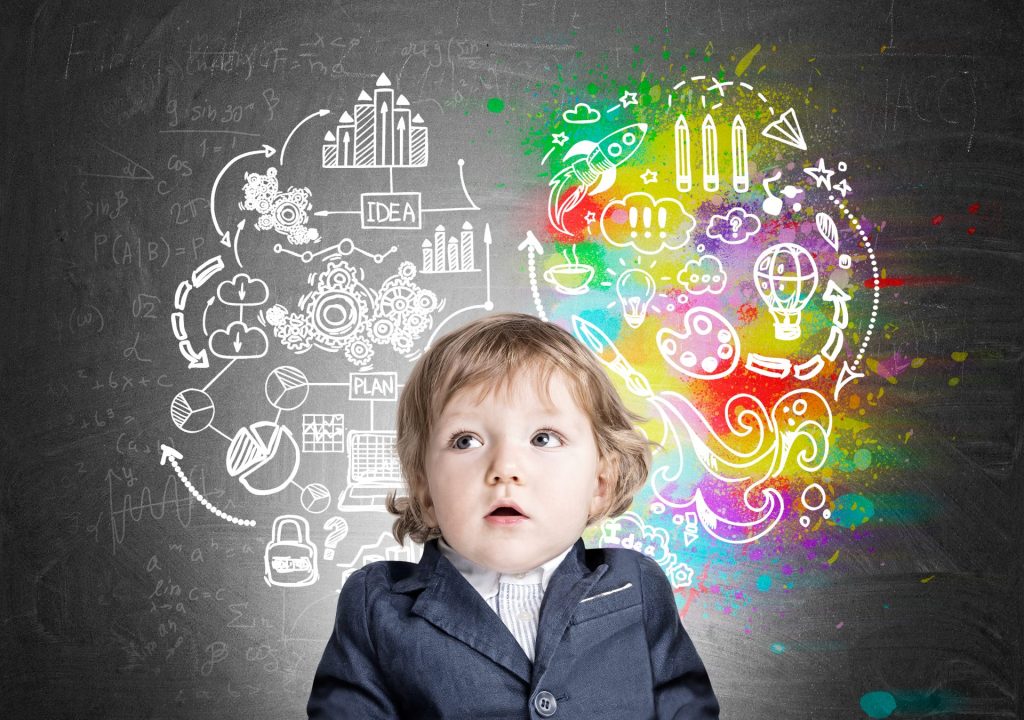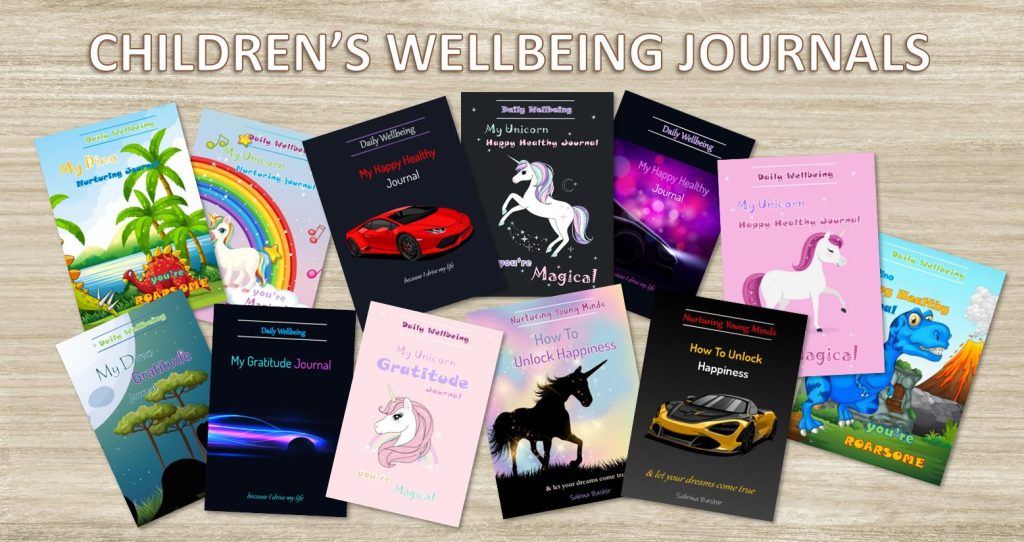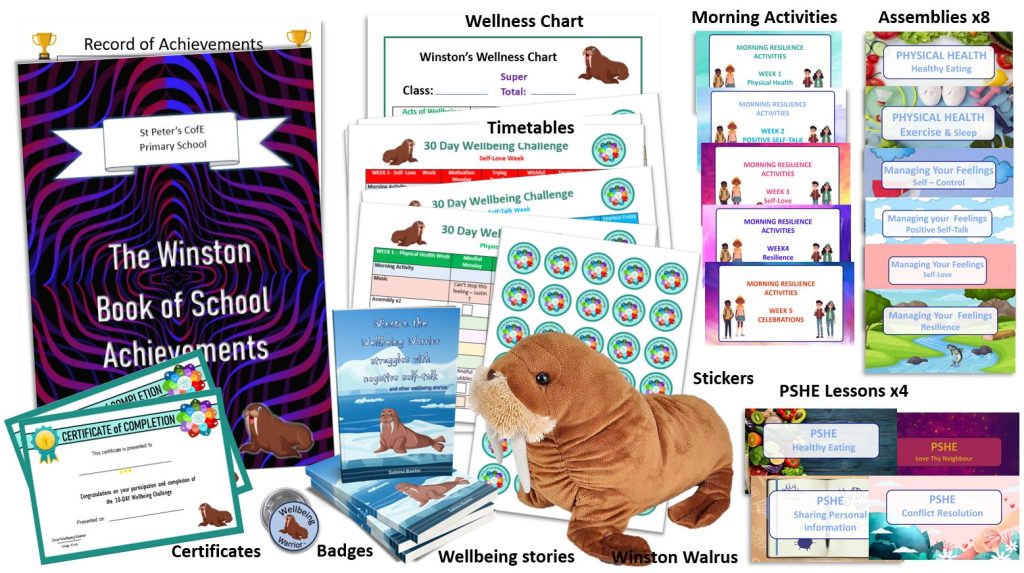ADHD and Our programs

ADHD or Attention Deficit Hyperactivity Disorder, is a neurodevelopmental disorder that affects both children and adults.
While the exact causes of ADHD are not fully understood, research suggests that a combination of genetic, environmental, and neurological factors may contribute to its development. It affects the front part of the brain, which grows slower than the rest of the brain. In fact, it can grow 2 years slower, meaning a child aged 14 will perform or behave with the maturity of a 12-year-old. The younger the child, the more pronounced the impact. While the brain will eventually catch up in most cases and symptoms will ease with age, the habits formed and experiences stored from this critical development stage will continue to affect the individual for the rest of their lives.
Genetics: ADHD tends to run in families, suggesting a genetic component. Children with a family history of ADHD are more likely to develop the disorder themselves.
Brain Chemistry and Structure: Differences in brain structure and neurotransmitter levels, particularly dopamine and norepinephrine, may play a role in ADHD. These neurotransmitters are involved in regulating attention, impulse control, and executive functions.
Environmental Factors: Prenatal exposure to toxins such as alcohol, tobacco, or certain medications, as well as maternal stress during pregnancy, may increase the risk of ADHD. Additionally, early childhood exposure to lead or other environmental toxins may also contribute to ADHD symptoms.
Premature Birth or Low Birth Weight: Children who were born prematurely or with a low birth weight may have a higher risk of developing ADHD.
Brain Injury or Trauma: Traumatic brain injury or damage to specific areas of the brain, particularly the frontal lobes, may lead to symptoms similar to ADHD.
While it is tempting to only focus on the negatives of the condition, it is also important to remember that many of these children are highly gifted and talented, hence should not be marginalised.
With the right attention and interventions, they can go on to become the future pioneers of life.
Bill Gates, Steve Jobs, Richard Branson are but a few examples of individuals who overcame their disadvantages of ADHD and used their gifts and talents to change the course of our world.

Children with ADHD often struggle with emotional self-regulation and motivation. This is because they possess lower levels of dopamine compared to neurotypical individuals. This can cause them to feel bored, unmotivated and generally dissatisfied with life for no apparent reason – more so than other children. Why is this important to know? Because it means that they are less likely to focus in lessons and be tempted to be more disruptive than normal.
The My Happy Healthy Mental Health Journals are specifically designed to help children cater for these mood swings.
The design encourages the development of routines and self-care habits. This ensures children develop resilience and self control more readily.
The How To Unlock Happiness Guides also supports children through school and helps them to deal with common concerns that they experience in every day life, from friendship issues, feelings of worthlessness and concerns about the future.
Used daily, these terrific Happy Healthy journals support children’s mindset and resilience.

The daily use of our programs allows children to establish a predictable routine, which neurodivergent children often crave. This consistency helps to calm their anxiety and emotional regulation as it provides children with a sense of control. Additionally, the predictability of the routine ensures that results come quickly, thereby shifting their attitudes and transforming their habits for the better rapidly.
All our programs including the Build-a-B.R.A.I.N Program, the 7-Day and 30-Day W.E.L.L.B.E.I.N.G Challenges are whole-school initiatives run by teaching assistants, and operate outside of the classroom during break times, lunch times and even after school when necessary. This timing is essential because most conflicts between children occur during these periods, leaving support staff struggling with children’s behaviours without an effective method to channel unwanted behaviours.
As the programs primarily run during breaks and lunchtimes, they offer a welcome contrast to lesson times, enabling all children to participate. The brain exercises incorporated into the program support not only children’s fine and gross motor development but also their brain development, thereby supporting their academic learning.
By implementing the strategies outlined in our programs, parents and teachers can work together to create a supportive environment for children, addressing their needs holistically.









